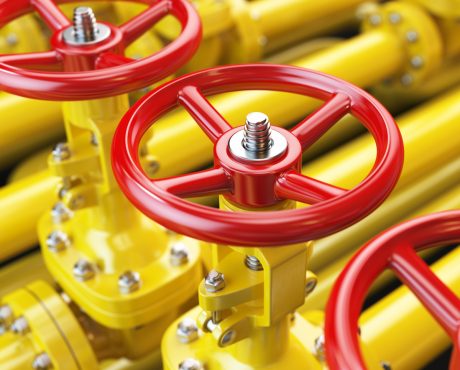Should Income Investors Consider This High-Yield Stock?
If you use any of the stock screeners available on the Internet today, you can easily find stocks with double-digit yields. But after looking at the trading volume and share price performance of these high-yield stocks, you’ll see that investors aren’t really buying them. The reason is simple: high yielders are not known for their dividend safety.
And for income investors with a long-term horizon, few things can be worse than a dividend cut. This is because, first of all, a dividend cut reduces an investor’s income stream. At the same time, when a company declares a regular dividend, it is expected to continue making that payment indefinitely into the future. Therefore, a dividend cut would be bad news for the market, which could trigger a sell-off in the stock in addition to reducing the income stream of the investor.
As we have seen plenty of times in history, buying a high-yield stock before its payout gets cut can turn into a very expensive lesson.
That’s why today I would like to show you a company that offers a solid amount of dividend safety and a high yield at the same time: Enbridge Energy Partners, L.P. (NYSE:EEP).
Enbridge Energy Partners is a master limited partnership (MLP) that owns and operates a diversified portfolio of crude oil transportation systems in the United States. In particular, the partnership is the largest pipeline transporter of crude oil production from western Canada and the North Dakota Bakken formation.
Pipeline companies have been some of the most generous dividend payers, and Enbridge Energy Partners is no exception. With a quarterly distribution rate of $0.35 per unit, EEP stock offers an annual yield of 10.7%.
However, like most ultra-high yielders, Enbridge Energy Partners is not perfect. In particular, the partnership’s distribution history has been less than stellar. Last April, management decided to cut its quarterly distribution from $0.583 per unit to the current $0.35 per unit. (Source: “Enbridge Energy Partners, L.P. Announces Conclusion of Strategic Review and Declares Distribution for First Quarter 2017,” Enbridge Energy Partners, L.P., April 28, 2017.)
The thing is, though, with the reduced distribution rate, Enbridge Energy Partners’ payout has gotten a lot safer. When the partnership reported earnings earlier this month, it showed that, in the fourth quarter of 2017, EEP achieved a distribution coverage ratio of 1.3 times, a significant improvement from the distribution coverage ratio of 0.83 times in the fourth quarter of 2016. (Source: “Enbridge Energy Partners, L.P. Reports Fourth Quarter 2017 Results,” Enbridge Energy Partners, L.P., February 15, 2018.)
In full-year 2017, the partnership had a distribution coverage ratio of 1.22 times, as compared to 0.9 times in 2016. In other words, the payout cut resulted in a big improvement in the partnership’s distribution safety. In 2016, Enbridge Energy Partners didn’t generate enough distributable cash flow to cover its payout. But now it does, while also leaving a sizable margin of safety.
Going forward, the partnership expects its distributable cash flow to be in the range of $720.0 million to $770.0 million in full-year 2018, which would provide approximately 1.15 times coverage of its cash payout for the year. (Source: “Fourth Quarter 2017 Financial Results and Business Update,” Enbridge Energy Partners, L.P., February 16, 2018.)
That’s why, even though Enbridge Energy Partners had a higher cash payout in 2016, the stock looks more appealing to income investors today than it did back then.
